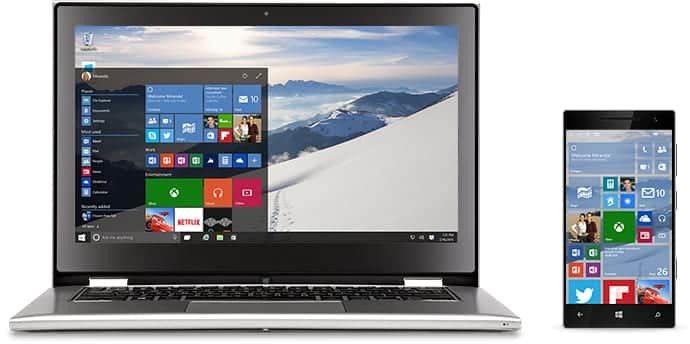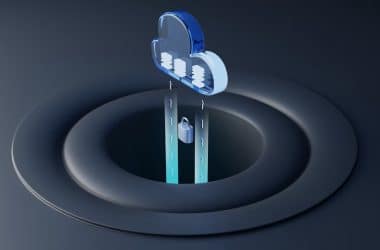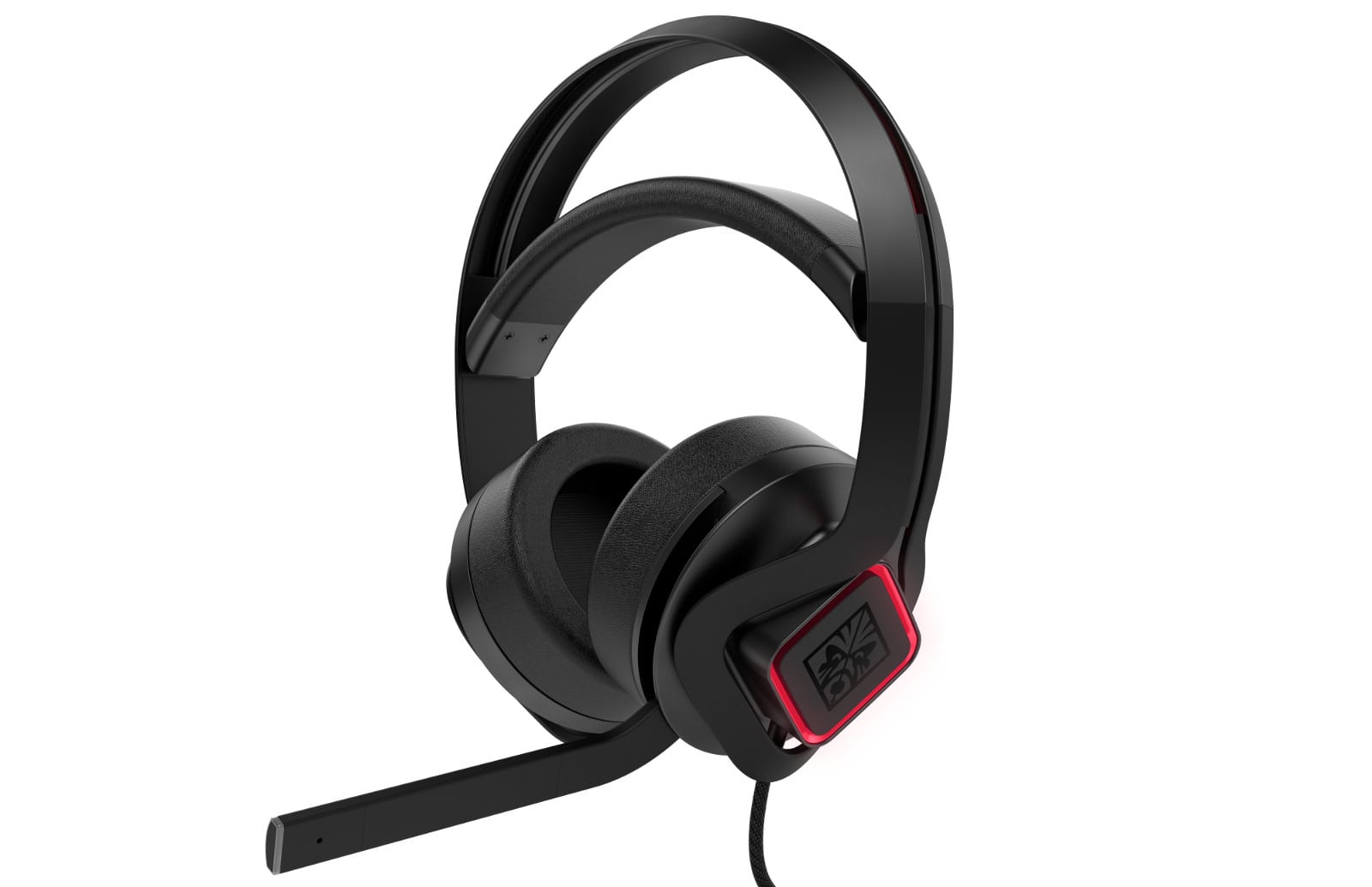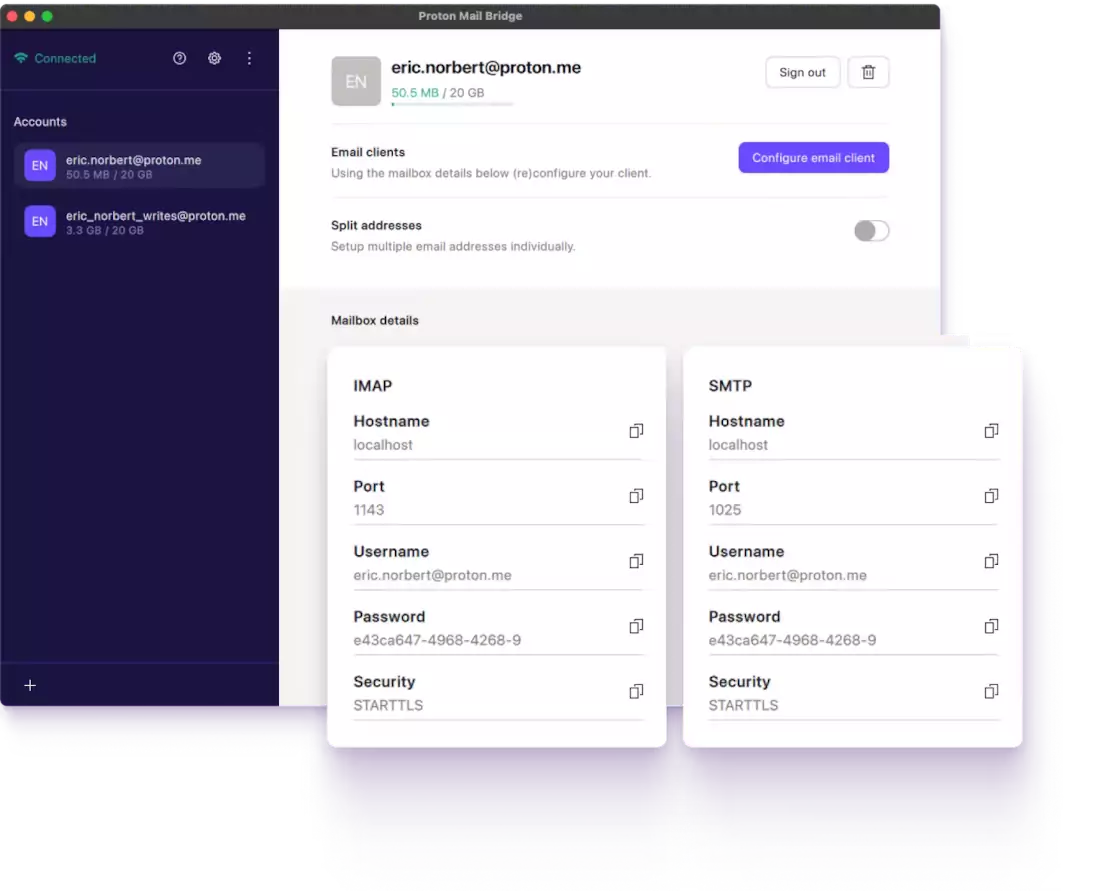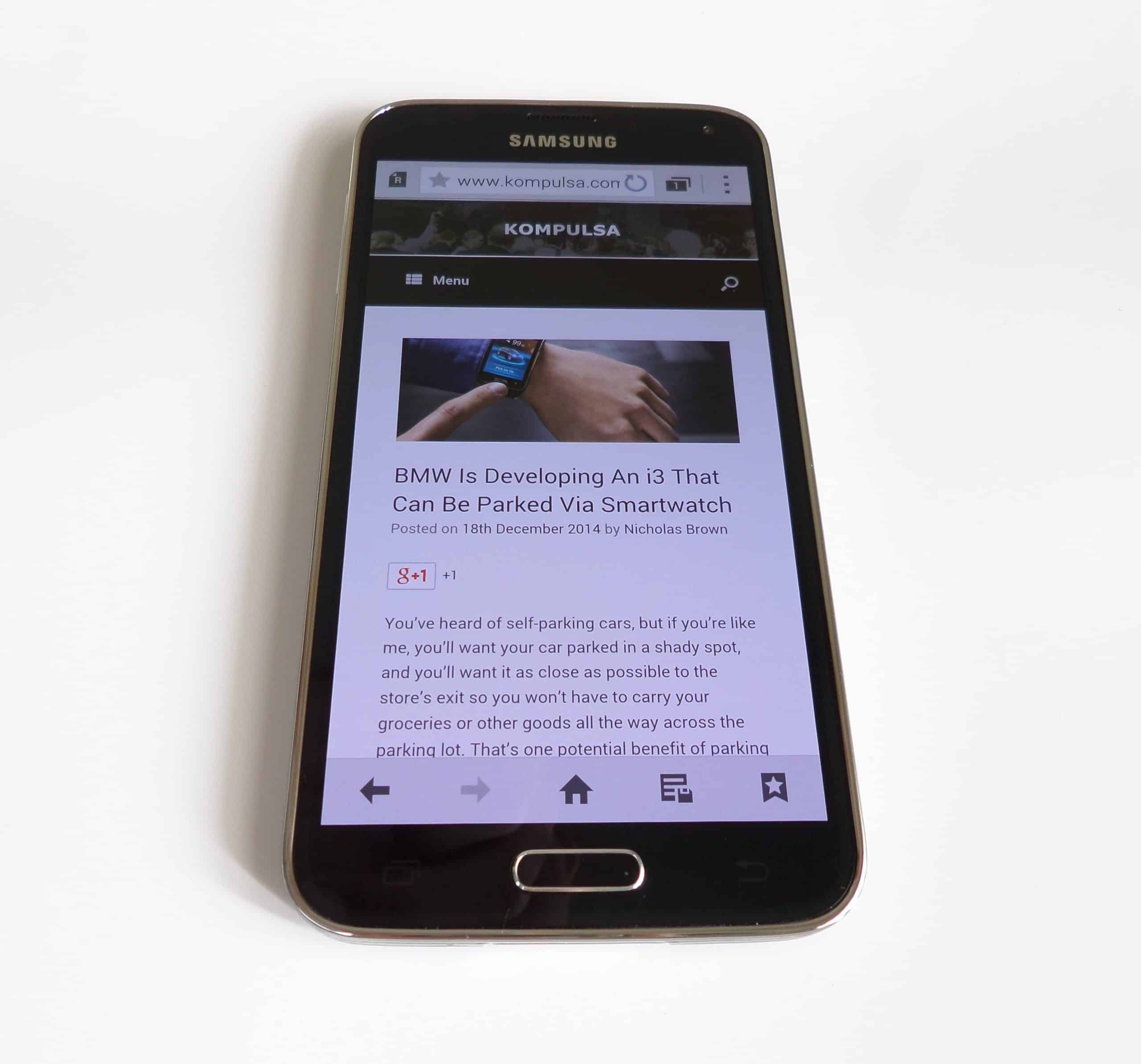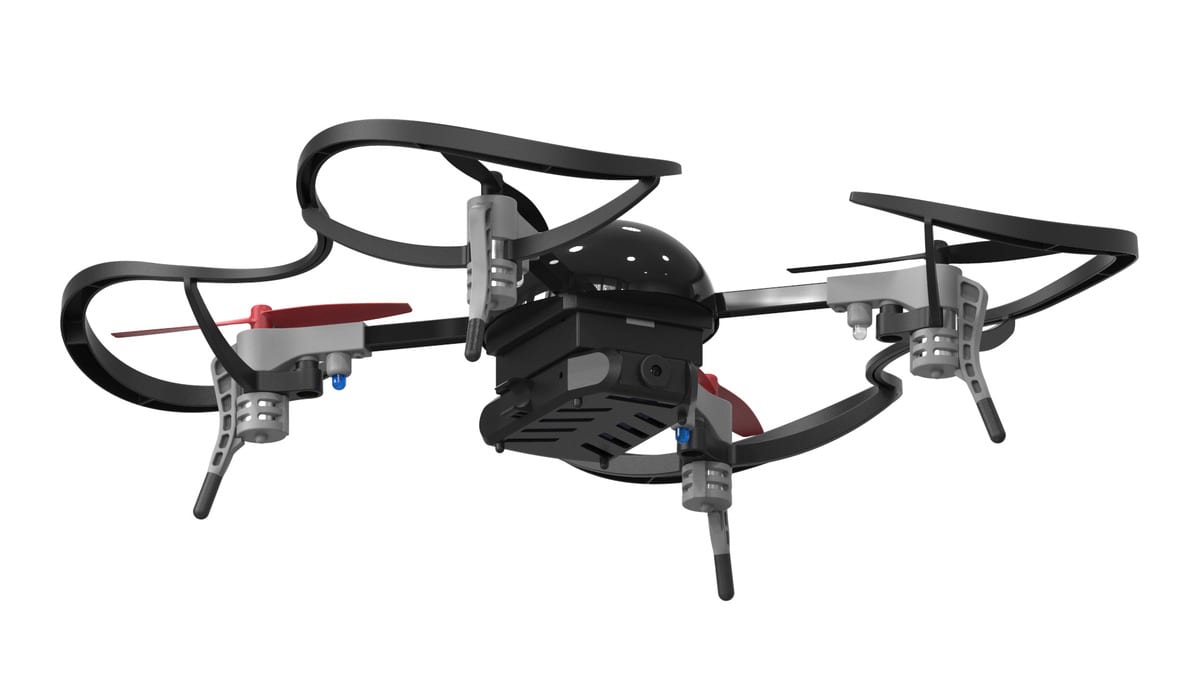HP has announced a new Mindframe headset (under the Omen gaming product line) that offers thermoelectric cooling, a noise-cancelling unidirectional microphone, virtual 7.1 surround sound, and 3D spatial awareness. The thermoelectric cooler makes the Mindframe headphones comfortable even on hot days.
Thermoelectric cooling is a concept that utilizes the Peltier effect to transfer heat from one place to another. Air conditioners also utilize the concept of heat transfer with the use of vapour compression technology, except they aren’t solid-state like thermoelectric coolers.
A typical thermoelectric module consists of two ceramic plates that sandwich a thermoelectric material such as bismuth telluride, silicon germanium, or other material. These modules can also operate on the Seebeck effect and generate a voltage if one side is heated, while other side is cooled.
This isn’t a new concept, and it’s uses have been limited due to the poor efficiency of thermoelectric modules and the massive amount of heat they generate on their hot side. Getting rid of that heat typically requires a large, heavy heat sink.
The bright side of this is that a low-wattage thermoelectric cooler can do the trick for headphones as it is a very small area being cooled, and a lower wattage translates to lower heat output and longer battery life. I’m not sure if these headphones’ cooler is powered exclusively by USB (it probably is), but making it run off the battery for a reasonable time period would be an incredible achievement.
What I’m Looking Forward To
Thermoelectric modules can easily operate in reverse and operate as relatively efficient heaters because they can also draw in existing heat from outside (in addition to generating their own heat from the power they consume). Maybe in the future, these headphones could provide that option to make it a little more comfortable to use during cold weather. There are already heated steering wheels, so why not!


